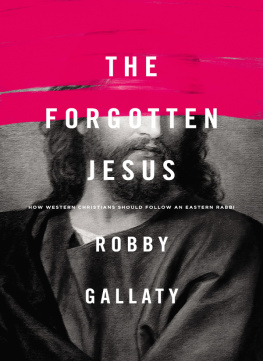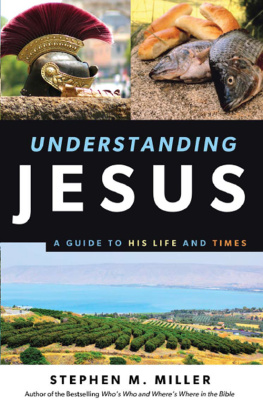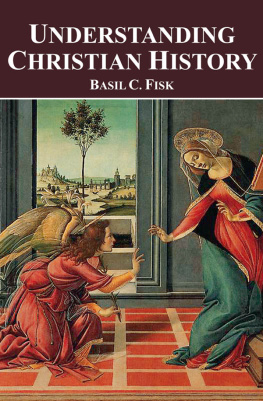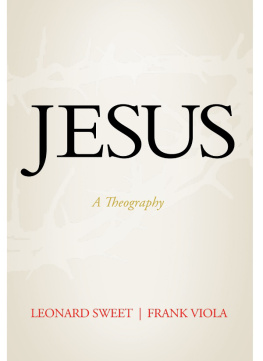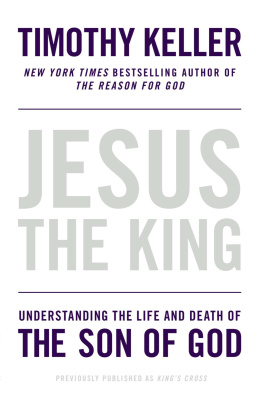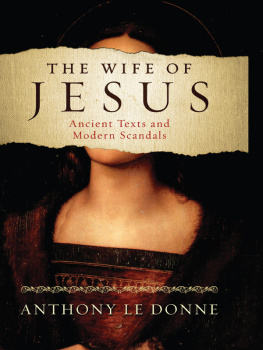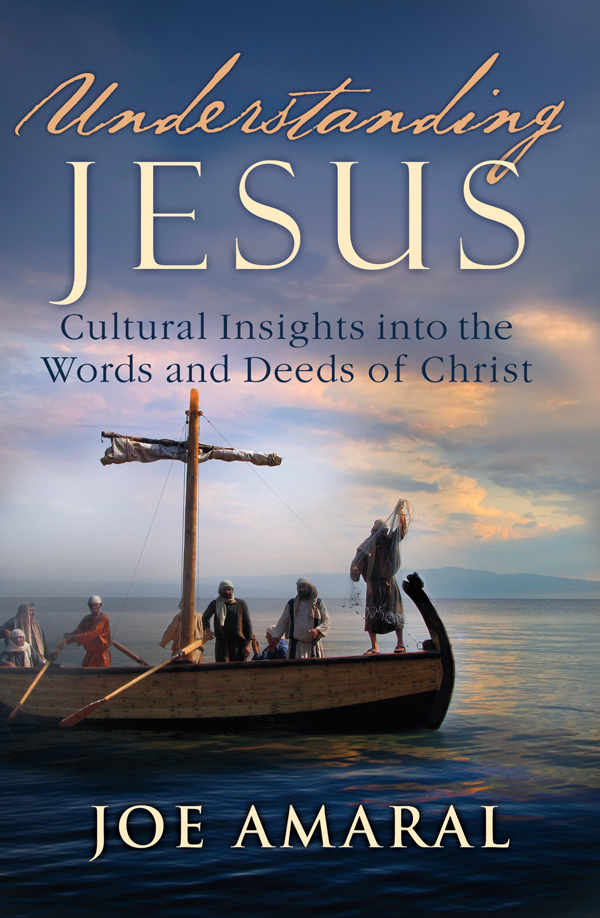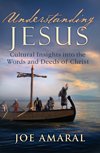
Copyright 2011 by Joe Amaral
All rights reserved. Except as permitted under the U.S. Copyright Act of 1976, no part of this publication may be reproduced, distributed, or transmitted in any form or by any means, or stored in a database or retrieval system, without the prior written permission of the publisher.
Unless otherwise indicated, Scriptures are taken from the Holy Bible, New International Version, NIV , Copyright 1973, 1978, 1984, 2010 by Biblica, Inc. Used by permission. All rights reserved worldwide. Scriptures noted nasb are taken from the New American Standard Bible, Copyright 1960, 1962, 1963, 1968, 1971, 1972, 1973, 1975, 1977, 1995 by The Lockman Foundation. Used by permission. Scriptures noted KJV are taken from the King James Version of the Bible. Scriptures noted NKJV are taken from the New King James Version. Copyright 1982 by Thomas Nelson, Inc. Used by permission. All rights reserved worldwide. Scriptures noted amp are taken from the Amplified Bible, Copyright 1954, 1958, 1962, 1964, 1965, 1987 by The Lockman Foundation. Used by permission. Scriptures noted The Message are taken from The Message. Copyright 1993, 1994, 1995, 1996, 2000, 2001, 2002.Used by permission of Nav Press Publishing Group.
FaithWords
Hachette Book Group
237 Park Avenue
New York, NY 10017
www.faithwords.com
www.twitter.com/faithwords
Printed in the United States of America
First eBook Edition: August 2011
FaithWords is a division of Hachette Book Group, Inc. The FaithWords name and logo are trademarks of Hachette Book Group, Inc.
The publisher is not responsible for websites (or their content) that are not owned by the publisher.
ISBN: 978-1-455-51249-2
This book is dedicated in loving memory to my father, Francisco Amaral. His faith, passion, and love for God and his family have deeply impacted me and will remain with me all my life. I look forward to the day when we will meet again.
Francisco Amaral
September 22, 1946October 22, 2008
I wish to thank my precious wife, Karen, for her faithful support and for the countless hours she spent typing, editing, and formatting this book. She has always been my greatest fan. When I felt like giving up and when it seemed like I would never finish writing this book, she always had the right words at the right time. God knew what He was doing when He brought her into my life.
I want to thank both our children, Katelyn and Daniel, for being so understanding with Daddys travel schedule. They say theyre proud of me, but its me who is proud of them.
I want to thank my mom for always praying and for always believing in me. My parents worked so hard and gave up so much not only for me but for all their family.
Also, I want to express deep gratitude to my inlaws, Clyde and Marion Williamson, who have loved me like their own son. They have contributed in so many ways to this project. Their prayers and support have never wavered.
The writing of this book would not have been possible without the editing skills of James D. Craig. He motivated me, he challenged me, and he made me better. Im so thankful for his commitment to excellence and for the days and hours he poured into this project.
A Remarkable Discovery
H ave you ever wondered who Jesus really was? I mean really wondered who He was as a person who lived and walked on this earth? Its a pretty wild topic when you stop and think about it. Here is the Son of the Living Godalive and dwelling with man. What a thought!
Then comes the question of what was He like? What kinds of things did He do or say? What kind of a person was He? In order to answer some of those questions I believe we have to reprocess the information we have come to accept about Him.
In November of 2002, I had the opportunity to visit the land of Israel for a couple of weeks. One day we were standing on one of the most famous historic spots. From where we stood you can look down upon a breathtaking view of Jerusalem. It was from this place, or one like it, the Scriptures tell us in Matthew 9:36, that Jesus was moved with compassion for the people of Jerusalem. As you look to the right you can see the ancient Jewish burial sites and the tombs of some of Israels greatest kings and Old Testament legends. In the center, your eyes fall upon the Old City of David and the Kidron Valley, where Jesus and His disciples walked numerous times. To the far and upper right you can see the Mount of Olives, where Jesus will set foot when He returns, and you can see where the Temple used to stand. To the upper left you see the splendor of the Old City of Jerusalem with its massive walls. What a breathtaking sight! As I stood there, I felt as though I could have lived in that moment forever.
Then I turned to a friend who was near me and told him that I had just made a remarkable discovery. By the look on my face and the size of my eyes he knew that whatever it was, it was big. No doubt he was wondering what incredible thought or unbelievable revelation I had received that would change our lives and our world. I said to him, Jesus was a Jew! As soon as I said it, I grabbed my mouth and covered it. I couldnt believe what I had just said. He gave me a look of mock bewilderment and said, You mean He wasnt from Montana?
Only moments later did I realize the full impact that statement had on me. Jesus wasnt from Montana, nor was He a CanadianHe was a Jew living in first-century Israel, living a first-century lifestyle.
That realization has forever impacted the way I see Jesus and the way in which I now perceive the Gospels. During the rest of the trip, as I looked around me at the people, the land and buildings, the importance of this simple statement became more and more powerful. This is where Jesus lived and died, where He rose from the dead, and it is the land and people to which He will return.
Out of that realization also came a deep desire from within my spiritI would make it my purpose in life to discover the historic Jesus Who lived and taught in the land of Israel. What were people like in the time of Jesus? What were their thoughts? What was going on in the world around them? How did it affect Israel? And what kind of Messiah were they expecting?
As I began to ask the questions I also began to seek out some answers. I read books, I researched on the Internet, I sat under the teaching of rabbis and Messianic Jewish believers, and I pleaded with them to tell me Who Jesus really was. The pages that follow are the product of my ongoing quest to find the answers to these and other, similar questions.
As you read this book I pray that the Spirit of Messiah will captivate you as He has me. May the God of all wisdom and peace favor you this day.
First-Century Idioms
To understand the sayings of Jesus as they were originally intended, it is important to lay a foundation for our thought process. Idioms essentially are words or phrases that belong to a particular language, group of people, geographical region, or period of history.
In order to better understand what is meant by the term idiom it will help to think in terms of some common English idioms used in American English. Every day we use phrases such as straight from the horses mouth or its raining cats and dogs. Statements like these make no sense when interpreted literally; however, for many Americans they need no explanation. Anyone living in the United States would instantly understand the message of such idioms.



